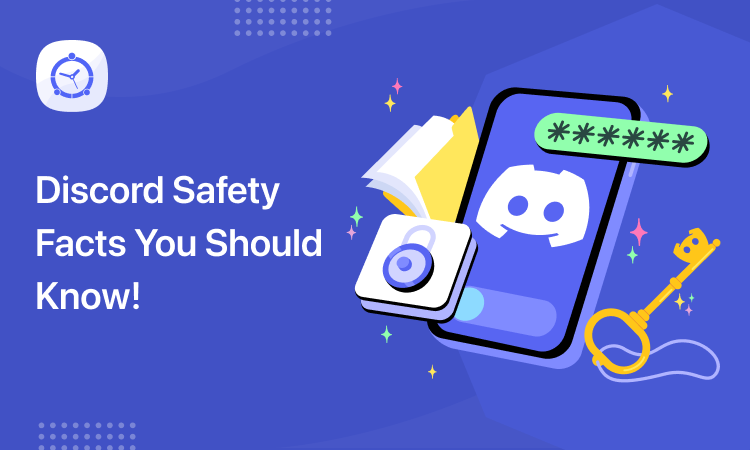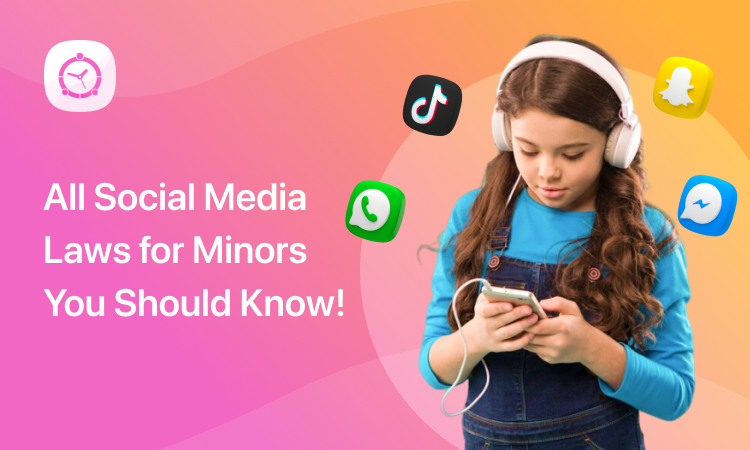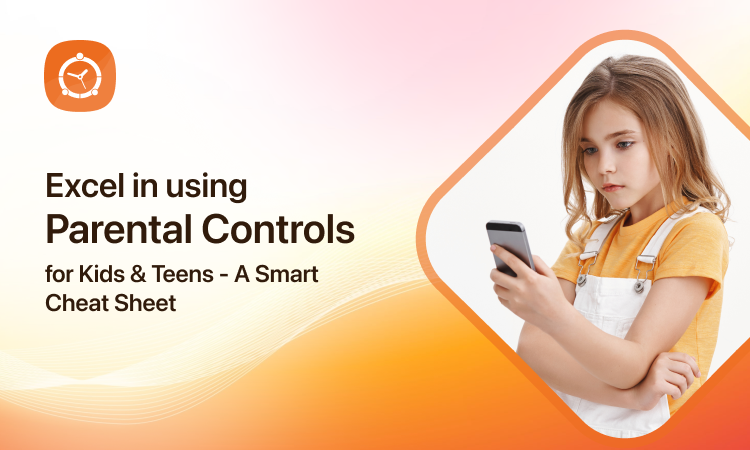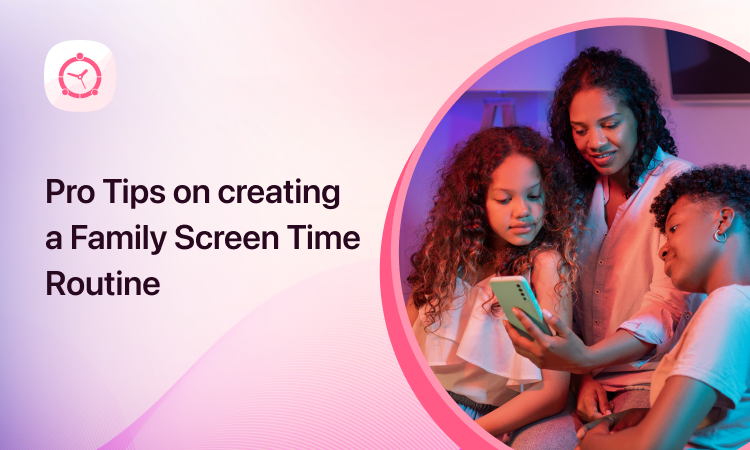
From kids taking selfies to adults busy on social media, we see people glued to their screens; everywhere we go. Have you ever wondered how much device usage is appropriate? At what stage does it turn into tech addiction? How is technology impacting our kids’ lives negatively? If you seek answers to all these questions, you have come to the right place! Let’s find out how addiction is associated with technology.
What is Tech Addiction?
We all know what addiction means. The term is usually linked to abuse of substances (such as drugs or alcohol) and behavioral problems like gambling, habitual theft, etc. Though tech addiction is still not included in the list of behavioral disorders, experts acknowledge its existence.
It occurs when people use technology in an unhealthy way, such as non-stop use of social media for hours on end or binge-watching TV shows. Therefore, it is safe to say that digital/technology addiction is a behavioral disorder that occurs with excessive use of technology by humans.
Parents’ growing concern for their kids’ digital, psychological, and physical health is well-grounded. Since tech addiction is also a behavioral problem, parents can recognize it and help their kids in time. Here are a few tips to help parents identify if their kids are addicted to technology.
How to Identify Tech Addiction in Kids
Digital addiction is not that different from regular old addiction. A few common signs can help you spot this addiction in your kids. For example,
- They will spend most of their time on digital devices.
- Kids get extremely upset if they don’t get to use their devices.
- They show a lack of interest in physical activities or in-person interactions.
- Shorter attention span and low academic grades.
- Kids get hyped up while making plans about digital activities.
These unhealthy habits negatively impact kids’ development and their mental/physical well-being in more ways than one.
The Impact of Tech Addiction on Kids
Like any other addiction, tech addiction negatively influences kids and hinders their capacity to live a normal life. Kids get exposed to a slew of problems, some of which are as follows.
- Lack of Social Skills
Since they like to stay busy with digital devices, kids avoid in-person interactions or conversations. They find social activities boring. If that continues for extended periods, they may develop socially awkward behavior. And eventually, it may affect their self-confidence.
- Poor Quality of Sleep
Do your kids spend hours playing games or binge-watching their favorite shows? If that happens on school nights, your kids would wake up groggy and attend school with an impaired learning capacity. Poor sleep quality doesn’t just leave our body tired; it also affects our memory and critical thinking ability.
- Psychological Issues
Tech addiction ultimately leads to psychological instability, and one is bound to get bouts of depression or anxiety by spending too much time on social media. How come? Because people tend to post extravagance on social media and portray themselves as if they have a more than perfect life (which is a far cry from the truth).
Young minds get lost in the whirlpool of unrealistic lifestyle standards promoted on social media platforms and compare themselves with those “perfect” beings. Thus, kids get depressed when they can’t attain that lifestyle or go to extreme lengths to make it happen. Either way, kids’ mental stability deteriorates, as does their physical health.
- Deteriorating Eye Sight
While the blue light from screens keeps us awake and affects our sleep quality, watching screens for long periods also leads to eye-sight issues. Compared to a TV, smartphones, tablets, and laptops stay closer to our faces. We blink less while watching screens. That leads to dryness, irritation, redness, etc., in our eyes. Experts suggest that the best course of action is to take a break from screens every twenty minutes and look at something 20ft away for approximately twenty seconds.
- Sedentary Lifestyle
Yes! Tech addiction can also lead to an unhealthy, sedentary lifestyle. When kids stay busy playing online games, using social media, or binge-watching shows for most of the day; they hardly go out for any physical activities. Instead, they munch on snacks or junk food to keep up their energy. Add the lack of exercise to the mix and you get a sedentary lifestyle of a couch potato. Eventually, the road leads to obesity, diabetes, and many other health issues.
With that picture in mind, it is time to look for solutions. Parents can help prevent their kids from developing an addiction to technology. Here is how that is possible.
How to Prevent Tech Addiction
Though there are several ways to achieve this goal, the best and most effective one is to use technology to your advantage. I am talking about parental control apps (in case you didn’t catch on).
Seek Help from Parental Control Apps
Are you wondering how parental control apps can help you? Though one can find plenty of parental control apps, there are only a few good ones that can actually assist you. The top-tier apps (such as FamilyTime) provide features like screen time limits, app blockers, internet filters, etc., that enable parents to restrict their kids’ device usage. Thus, helping kids overcome their tech addiction by using technology to your advantage.
How Can FamilyTime Help?

FamilyTime is a renowned parental control app loved by parents for several reasons. It offers features like,
- Screen Time Limit
- Screen Time Schedule
- Family Pause
- Bedtime
- Time Bank
- App Blocker
- Internet Filter
- Internet Schedule, etc.
All these features help parents prevent kids from developing tech addiction. For instance, the BedTime feature (combined with the Internet Schedule feature) allows parents to disable access to their kids’ devices at a specified time. That helps kids understand it is time to get some shut-eye. FamilyTime offers services and features beyond the ones mentioned above. It ensures the safety of your kids in every possible way and at affordable rates. Check out its features and sign up to protect your kids’ well-being.







